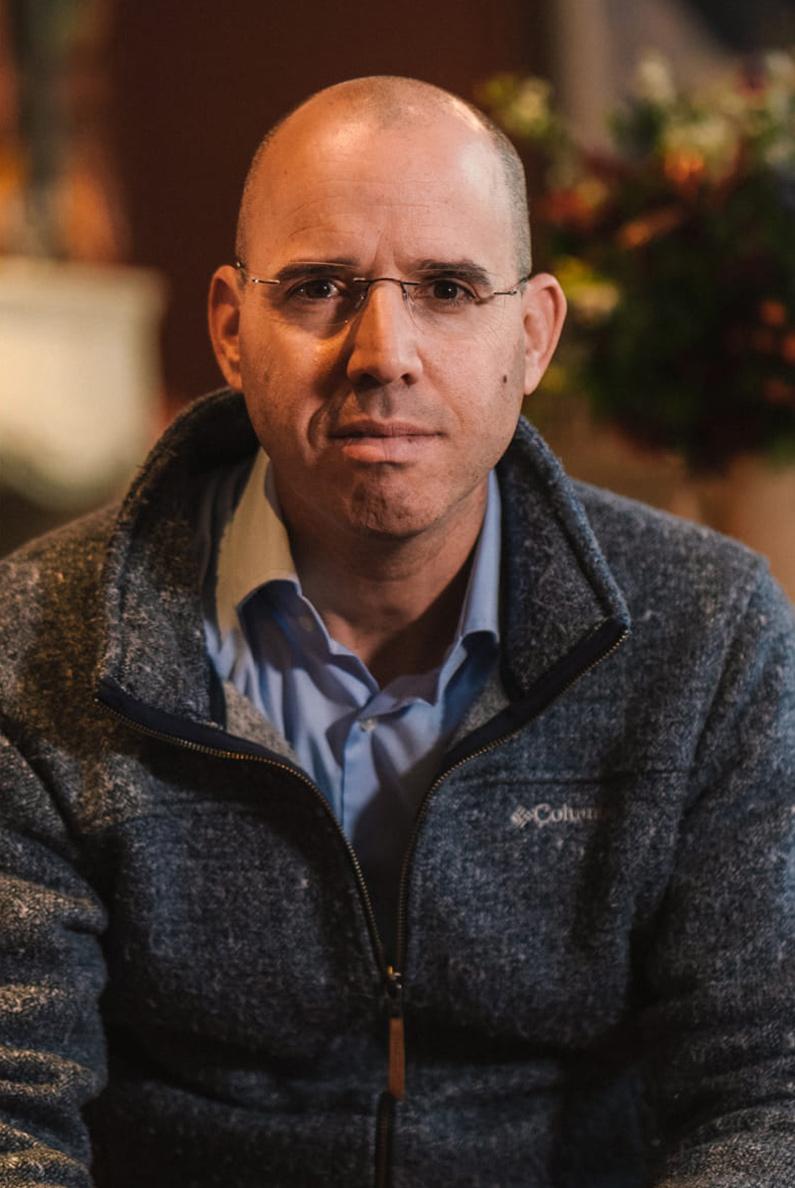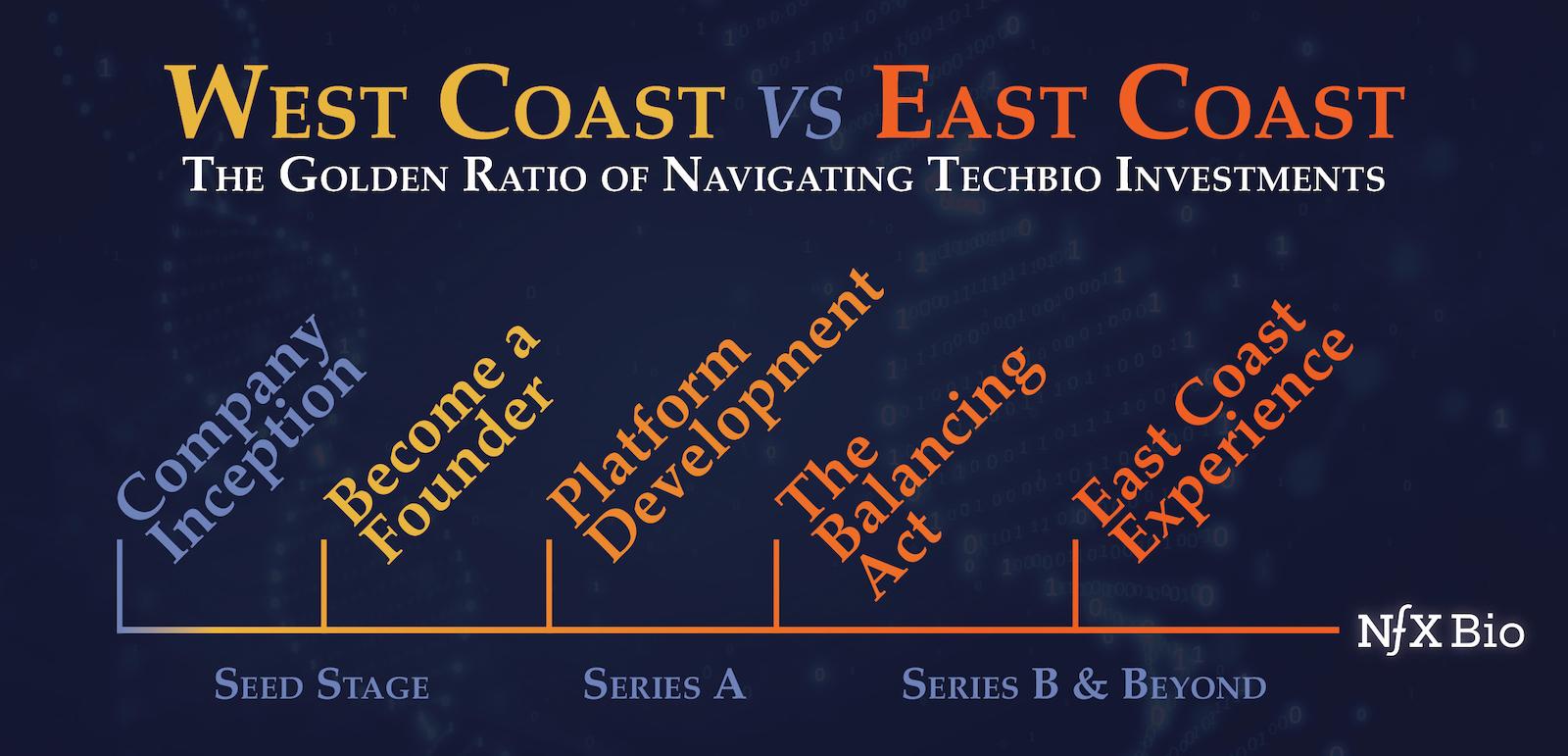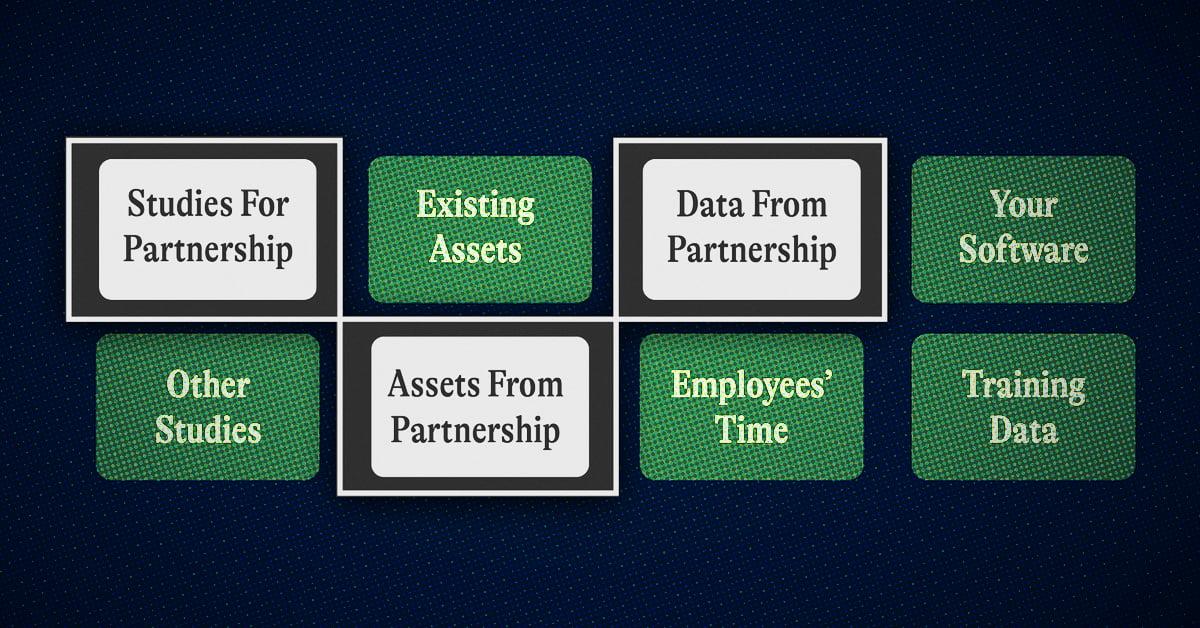

There are so many things that affect whether or not you successfully fundraise. Part of it is your vision. Part of it is your technology. Part of it, even though no VC likes to say it, is you. The other unsaid force is the market rhythms of VC.
There is a seasonality to fundraising – with caveats, of course. If you’re a beast, you can raise all year, full stop. And two, deals do get done all year (yes, even in the summer). But there is a rhythm to it, and it’s worth seeing the pattern.
Because if you can use it to your advantage, you should.
Why Should I Care About the Seasonality of Fundraising?
There are always larger networks at work. It might be the startup industrial complex, macroeconomic cycles, or hype cycles. These should not define you or your company, but they will have an impact on your success – there’s a reason that timing your startup idea can be just as important as the idea itself.
There are also lots of little things that may impact your startup’s success, particularly when it comes to fundraising. One or two of these things will not make or break you, but if you add up enough of them, they start to matter.
Perfecting the details sends a signal: you are the best at what you do.
We wrote our essay The Intangible Game: How VCs See You about the little things a founder themselves can do to stand out. The seasonality of fundraising is about the market patterns and thought processes of VCs (spoken and unspoken) that can impact your fundraising process.
How the Season Works
In the U.S., the fundraising season is roughly structured like this:
- Season 1: January – Spring Break
- This kicks off with JPM (for bio founders) and generally runs through early March. It’s one of the hottest windows of the year.
- Season 2: Post–Spring Break – Early June
- This period is still active, but less so. It’s a quieter stretch compared to Q1 or the fall. Call it the “false summer lull.”
- Summer (June – August): The Hidden Season
- Summer is weird. Deals still happen. But VCs are human and they do go on vacation. The risk is that you’ll lose momentum when multiple people are in and out. The reward is less competition for attention.
- Season 3: Labor Day – Thanksgiving
- The second hot window of the year. Fall is short and intense.
- Holiday Break: Holidays – New Year
- Almost totally dead.


In my experience, people make decisions faster when they’re focused, in town, and surrounded by a sense of urgency. There are certain periods of the year when these factors are working in your favor and some periods where it is not.
Using Seasonality to Your Advantage
Rule 1: Be There In Person
When I was still living in Israel, I was once on a call with an investor in San Francisco who asked me if I was around for coffee a week later. I said, “of course!” We got off the call, and one minute later, I booked my plane ticket.
You never want to turn down a spontaneous meeting like this.
I know zoom is easier, and I know airplanes suck. But there is nothing like the energy of face to face. It’s so easy to get distracted when you’re behind a screen. When you’re in front of us, it’s better for us and it’s better for you.
You should already be in your industry’s center of gravity full-time. But if you’re still early and need to fundraise, you must be there in person during the hot fundraising seasons.
Book the trip. Get the AirBnB. Stay long enough to say “I’m in town this week — want to grab coffee?” Those chance meetings can end up going a long way.
Frequency and serendipity are signals in and of themselves. Use them to your advantage.
Rule 2: Use Seasonality to Create “Hotness”
You know a VC is going to invest when they move fast. And VCs move fast when they feel like someone else is going to steal the deal.
The core job of seasonality is to help you cultivate that urgency. You do this by running a tightly-timed funnel during a season when everyone is around, and having the metrics to back yourself up.
Your funnel should look like this:
First, build the top of the funnel by identifying the right firms and partners
These are not just firms — they’re specific partners who will fight for you internally. You have to understand how specific VCs think. Yes, there’s the financial side. But there’s also the thesis side of things. There is a partner-founder fit.
We publish our content to give founders a sense of how we think and see if we align. It’s also why we built signal.nfx.com to help you find those investors and create a funnel, with the right intro paths.
Then, get the intro right. Most VCs have an internal power ranking of intro strength that looks something like this:
- Best: Either a respected name in the Silicon Valley ecosystem (especially if they’re planning to invest in your company), or a founder we’ve already backed.
- Not as Good: another VC they trust and like that invested in the company previously (especially if they plan to invest again in the round)
- Acceptable, but sucks: Cold email, if extremely well crafted (and SHORT).
- Worst: Bankers, “fundraising agents,” or anyone taking a % for intros.
From there, you just run the process: First meetings → Partner meetings → Diligence → IC → Term sheet.
Aim to get multiple firms into “term sheet ready” territory at the same time. Then let the competitive dynamics take over. This is how you build the “hotness” around your company and more importantly get leverage.
Momentum is the single most powerful force in fundraising. If you create it, your odds go way up. If you lose it, VCs start wondering: “Why hasn’t anyone else done this deal yet?”


Rule 3: Plan in the Off-Season, Execute in the On-Season
The best founders don’t start from scratch the day they decide to raise. We encourage our founders to start thinking about their next round right away.
By that, we mean that at seed you should already:
- Know the milestones you need to hit to raise a competitive A round in your industry. (We have general guidelines here, but work with our portcos in-depth once we invest).
- Know the people who are high priority investor targets
- Ideally begin figuring out those warm intros
Start planning the broad strokes of your fundraise (the above bullets) about 12 months before you run out of cash.
Begin serious prep around 9 months out – assuming you have the above bullets taken care of. Serious prep looks like:
- Compelling narrative, and practiced delivery. Tips on both here.
- A great deck
- An updated list of prospects
- A push-button data room that includes customer contracts, cohort analyses, a deck, references, and a financial model.
It is better to spend your time getting organized and prepped in an “off” season than trying to start the fundraising process early. Don’t burn yourself out when investors are out of town. Plan for the hot seasons and then execute like crazy. You need to move fast.
You should aim to fundraise in one season, you can’t stretch your fundraise much longer than that without becoming “stale.” Investors remember who was out in spring when they see you again in the fall.
If it drags beyond one season, it’s better (if you can) to skip at least one fundraising season to improve your metrics, and story. It means the market is rejecting you, so you need to change something. Then go again in the next season with your new approach.
This is just a guide, there are always exceptions. If you get to your milestones earlier, you don’t need to wait until you’re 6-9 months away from running out of money. It’s a great signal to raise faster because you hit milestones faster.
Rule 4: Know Your Magic Numbers
Not all checks are created equal. Each fund has its own “magic number” — a sweet spot for ownership and check size that maps to their fund math.
Here’s the general shape:
Seed Funds want to own 10–30% of a company. They need the upside to return the fund with a few hits.
Series A Funds target 15–25% ownership. They write larger checks, but still need high upside — think 10x potential.
Series B+ Funds may tolerate lower ownership or upside because they’re writing $15M+ checks and seeking lower-risk growth. But even then, the opportunity must be large enough to move their fund.


If you’re asking for $5M at a $100M post, most funds can’t make the math work. They’ll pass; not because you’re a bad company, but because they can’t get the ownership they need.
This is why understanding a fund’s constraints makes you a sharper fundraiser. Not only are you selling your vision, you’re also showing them a path to making their model work.
Your Speed Matters
When a round takes too long, it sends a message: something isn’t working. Either the story isn’t resonating, the data isn’t convincing, or the founder can’t close.
One of the biggest risk factors for a company is their ability to fundraise. If you take a long time to raise, you strengthen that fear.
One of our NFX core beliefs is speed. Your fundraising season is a test. How fast do you answer emails, questions from investors, how fast can you generate interest? Are you on top of it?
Great companies — or at least ones that look great — raise fast. A slow process increases your odds of a down round, bad terms, or even not raising at all.
Seasonality is a Lever
Your first objective is to build a great company. To be a “savage” as friend of NFX Bio Emily Le Proust likes to say. This is the hard part – the struggle.
Your second objective is to stack the deck in your favor. Seasonality is part of stacking the deck.
After all, fundraising is about persuasion. You have to make someone else see your vision, and how it will also benefit them.


You can tell the perfect story, and have all the perfect metrics, but if you hit someone at the wrong time, or their computer is crashing and they’ve been on 80 other zoom calls that day…the odds are stacked against you.
Or, you can hit your metrics, know your magic numbers, reach someone when they’re energized and ready to go. This is easy stuff, so why not do it right?
NFX was built to be the VC firm we all wish we had when we were founders. This is the stuff no one tells you, but it can actually make a difference.
So if you read this far, are doing something amazing, and thinking about your next fundraise, come talk to us. After all, the fall fundraising season is almost here.
As Founders ourselves, we respect your time. That’s why we built BriefLink, a new software tool that minimizes the upfront time of getting the VC meeting. Simply tell us about your company in 9 easy questions, and you’ll hear from us if it’s a fit.



